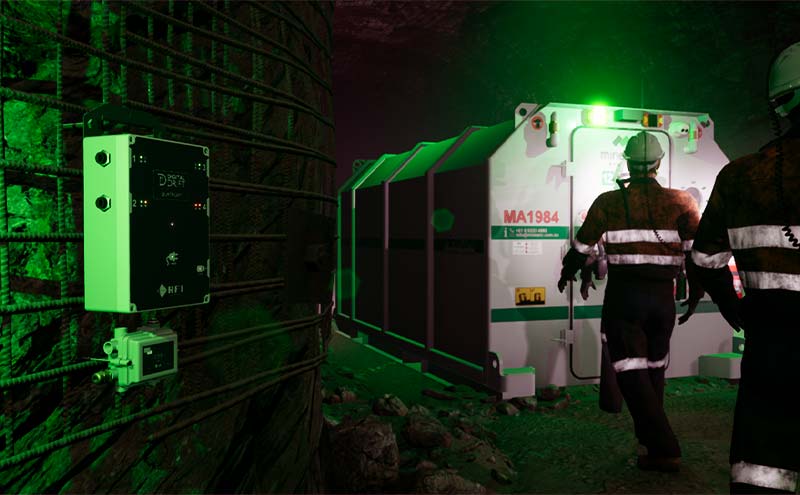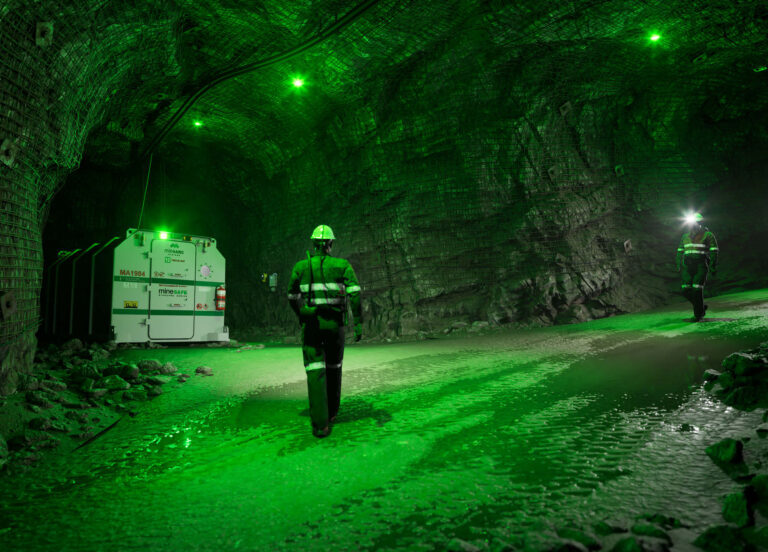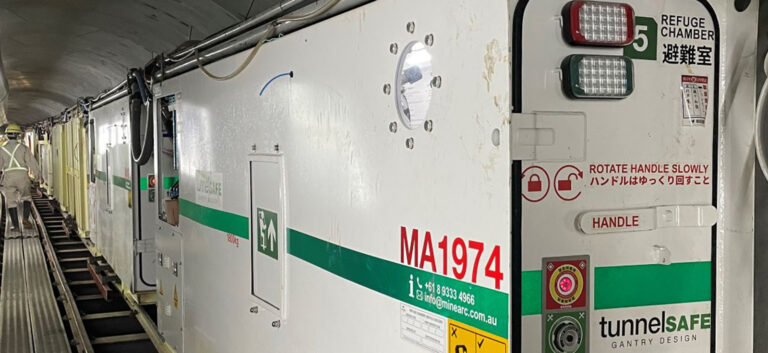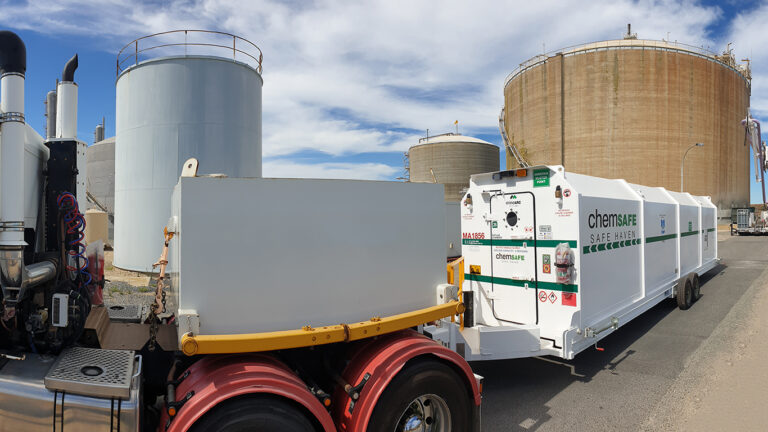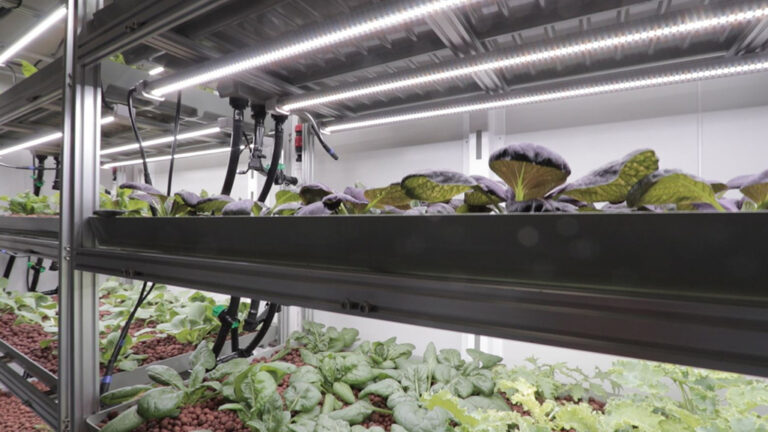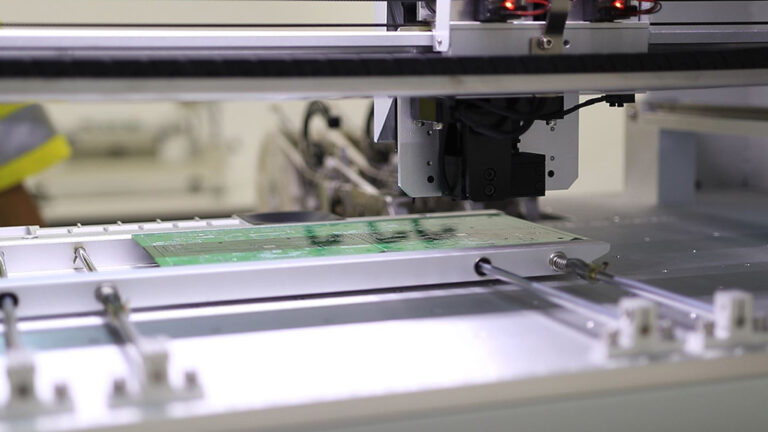Safety Insights
Here you’ll find in-depth information on chamber systems, use, and design. Appreciate refuge chamber design, know the theory behind products and project, as well as discover multiple levels of understanding.
Examples of what you’ll discover include best practice, safety shares, white papers, and our education series.
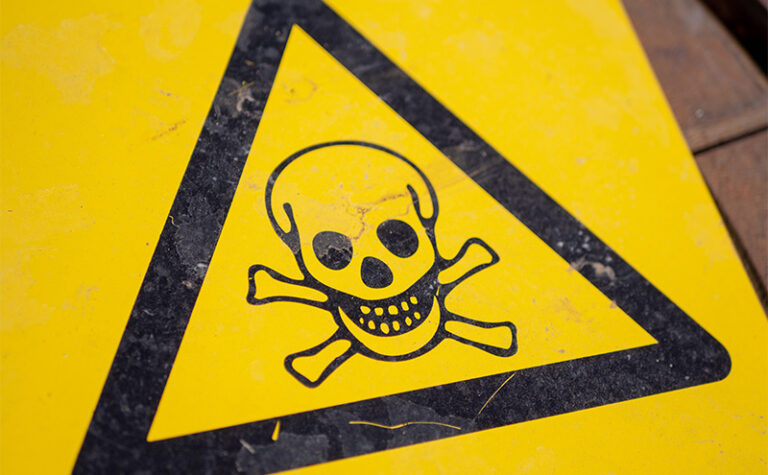
Nitrogen: Hazard in Focus
Nitrogen is an essential element to all forms of life but can also pose a threat. Known as the invisible killer, due to it’s odourless and tasteless nature, nitrogen gas can be lethal if inhaled in high concentrations.

Hydrogen Sulfide: Hazard in Focus
Hydrogen Sulfide is a naturally occurring chemical that can be produced by bacteria in low oxygen environments, used in many industries despite its hazardous nature.
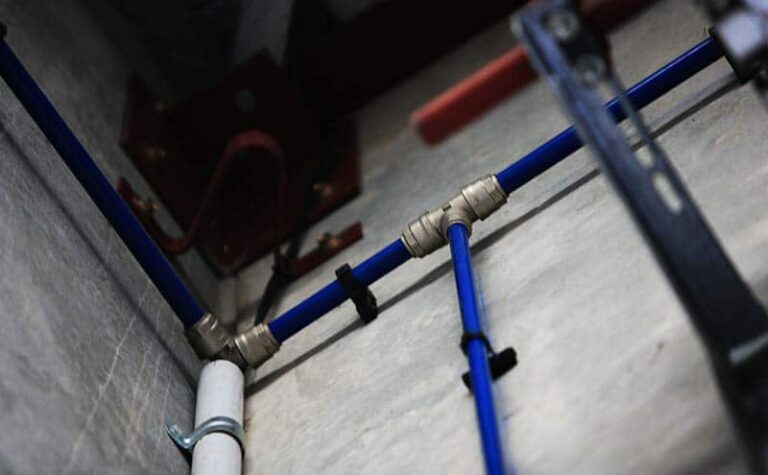
Compressed Air Technology – Why is it Important for Safe Refuge?
Compressed air technology in refuge chambers is important to provide clean breathing air and maintain a positive internal pressure.
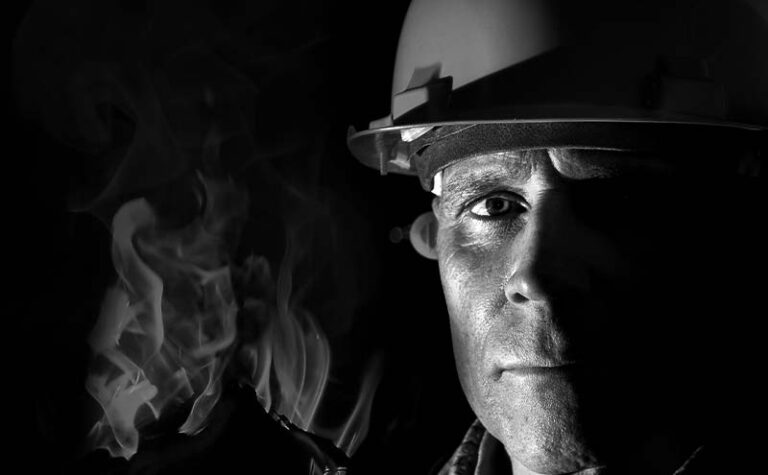
Safety Shares: Ryan’s Story
A retelling of the Pasminco underground mine fire and the true experience of workers before refuge chambers became compulsory.

Hydrogen Sulfide: Health and Safety Hazards Fact Sheet
Hydrogen sulfide is exceptionally hazardous, due to its high levels of flammability and toxicity. Risks to personnel should be known…
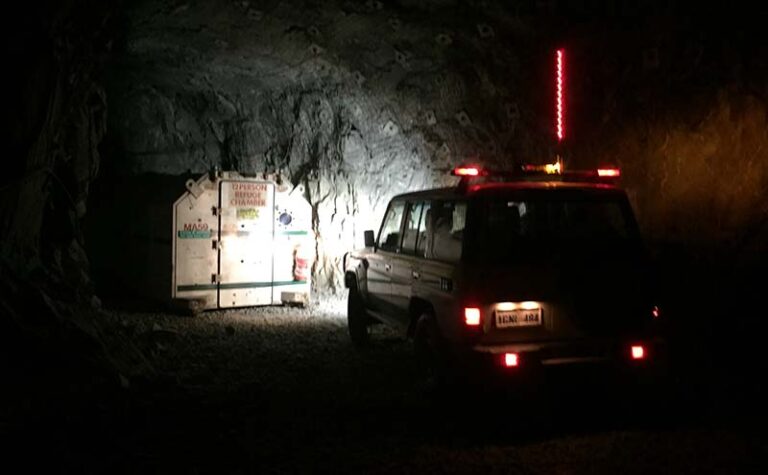
Refuge Chamber Service and Maintenance Benefits
Regular service and maintenance ensure a refuge chamber is in optimal status to provide life-saving support to all staff in an emergency.

Methane: Health and Safety Hazards Fact Sheet
Methane hazards can occur during manufacture, use, and transportation. Although we inhale methane in the air we breathe, exposure to high concentrations of methane is dangerous.
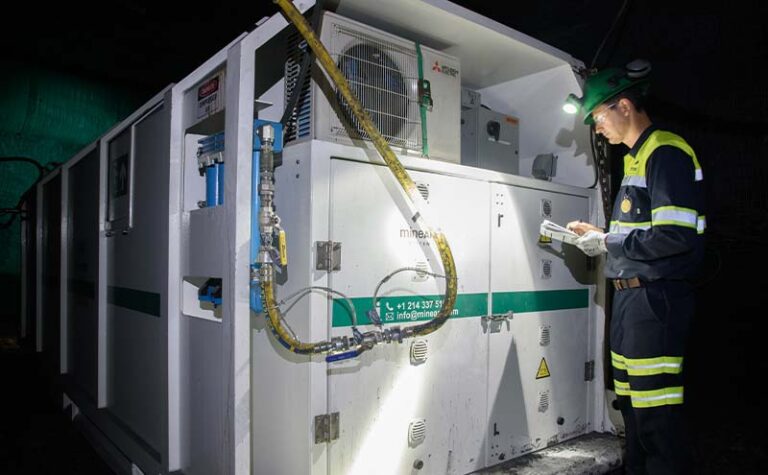
Externally Supported Mode: Understanding Refuge Chambers
During daily activities or emergencies, refuge chambers operate in Externally Supported Mode. This state occurs when an active refuge station is…
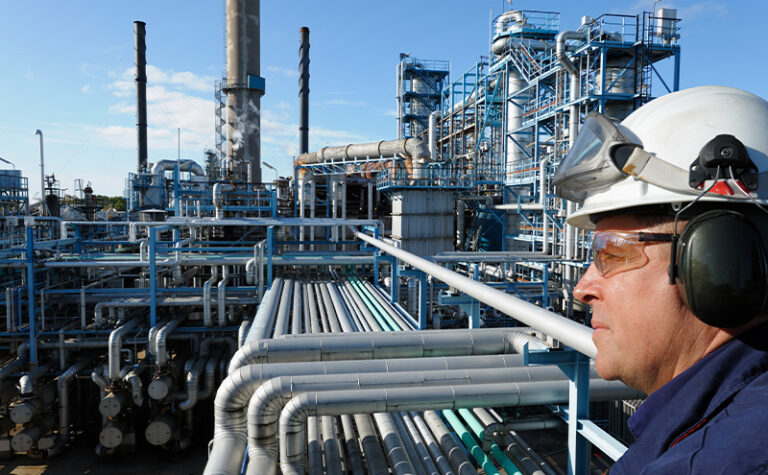
Converting a Shelter-In-Place To a Zero Vulnerability Safe Haven
How to transform a Shelter-in-Place into a zero vulnerability Safe Haven, and ensure maximum protection for all personnel on-site.
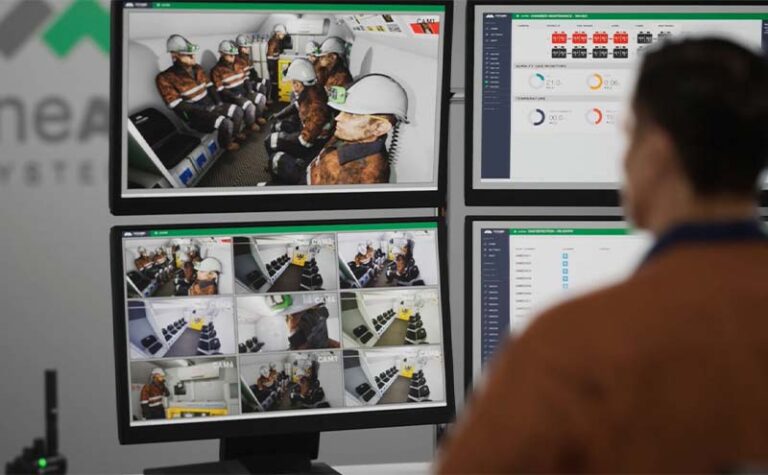
Connectivity & Monitoring For Emergency Refuge Chambers
Remote monitoring and analytics to refuge chambers are valuable during an emergency or daily operations.

Safety Share: James’s Story
Safety shares in underground mine refuge chambers, help know what it is like during emergencies… It was about a decade ago now, an incident occurred when several oversized rock debris from a drive extension blast…

Ammonia: Health and Safety Hazards Fact Sheet
Ammonia hazards can occur during manufacture, use, and transportation. Knowing the health and safety hazards of anhydrous ammonia are vital to ERPs.
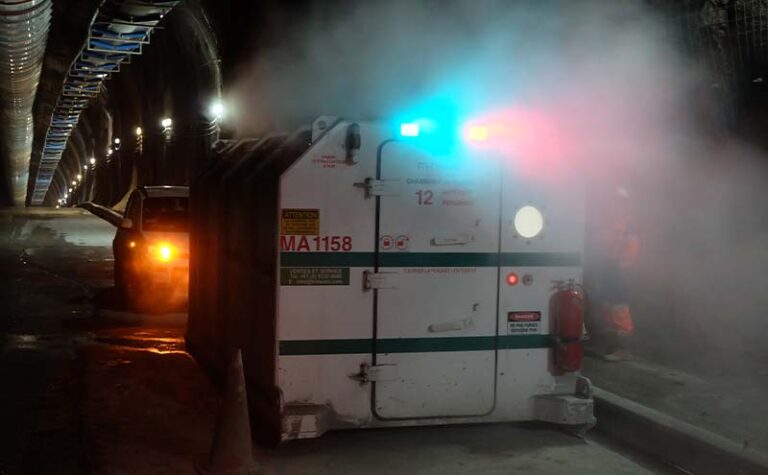
Standby Mode: Understanding Refuge Chambers
During daily activities, refuge chambers operate in standby mode. This state occurs when a refuge station is not being used but is emergency-ready.
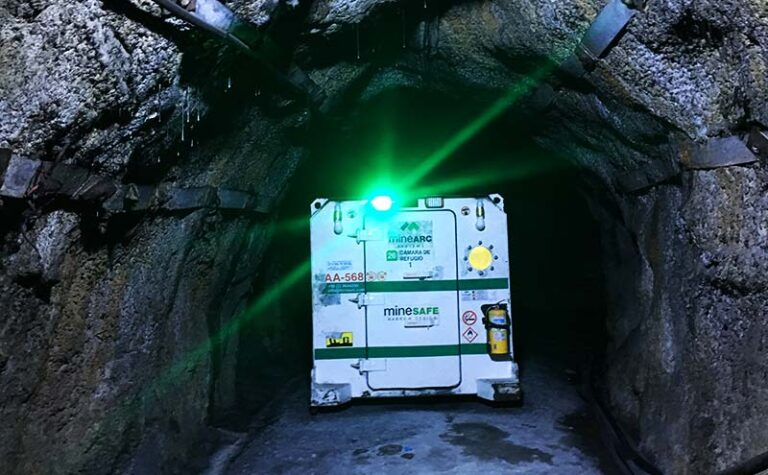
Stand-Alone Mode: Understanding Refuge Chambers
Every quality refuge chamber for sale or hire is equipped to operate in stand-alone mode, i.e. components will continue to work if cut from its external…

Olfactory Warnings from Wintergreen Stench Gas
The influence of the olfactory system to warn us of possible danger is more powerful than we think. This trigger is why stench gas is commonly deployed in high-risk areas where multiple alerts are needed.

How Senses Detect Danger [Infographic]
Information collected from our five primary senses helps detect danger, enabling you to react to your surroundings. In underground mines and tunnels or industrial environments, your senses play a vital role in keeping you safe.
Build Better Experiences
Resources and Tutorials
